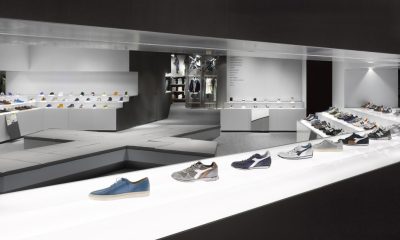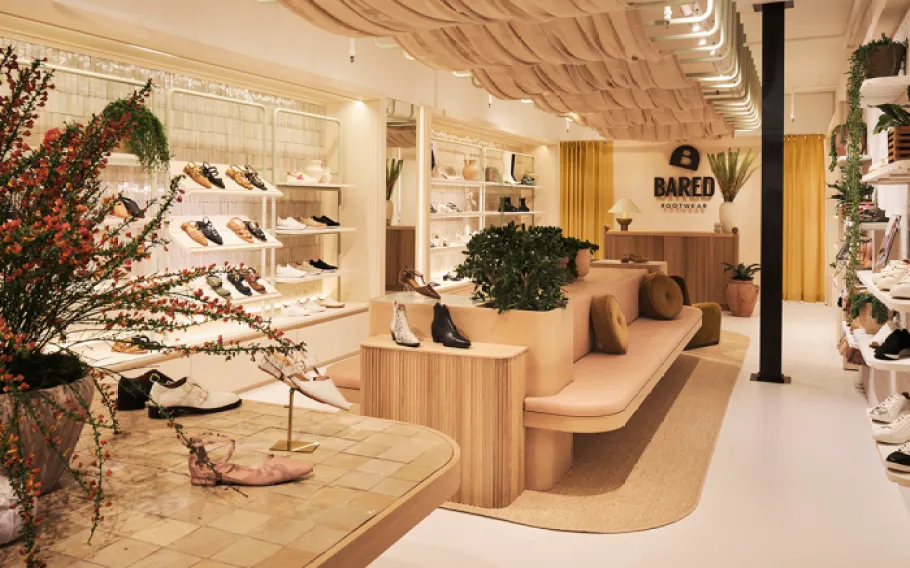You’d be forgiven for thinking machines are going to take over the world based on all the talk there’s been in retail lately of robots and artificial intelligence, but there are plenty of traditional industry jobs that will stand the test of time.
With some of the largest retailers in the UK, such as Marks & Spencer and New Look, planning a raft of store closures, it does make one sit back and consider what it means for the future of store design and those involved in the process. It seems that more than ever there is a need for compelling experiences in stores to drive customer numbers and consumer-brand engagement.
For me, that’s where the visual merchandisers come in.
Accentuate the experience
Visual merchandising (VM) can play a significant role in driving the desired experiences. I’d argue today’s visual merchandiser is more important than ever before, as modern retail stores increasingly need to deliver memorable moments and inspiration as part of multifaceted shopper journeys that typically entail visits to more than one research channel.
Getting presentation right, and making sure stock is optimised and tempting to the consumer eye is crucial in any retail environment. It was ever thus, but it’s especially important now shoppers have a quick alternative to purchase online if they are unimpressed.
Tight, well-thought-out displays that catch consumers’ attention might get shared on social media, and of course the not-so-impressive ones will be too. When you think about these things, VM effectively becomes a multichannel job role and an even more powerful brand definer in today’s retail industry.
The VM evolution
Technology’s overall impact on retail can never be rejected of course, and from visiting my company’s sister show RBTE in London and hearing news from exhibitions like NRF’s Big Show in the US there are clearly some fantastic new solutions and systems hitting the market to aid retail staff and augment how they conduct their work.
All retailers need to be setting up their strategies to serve customers how they would like to be served. That means starting their planning process by considering the shopper, and understanding what they want from the store experience. Increasingly, this appears to be tech-enabled features combined with staff expertise.
I spotted some great words of wisdom on this lately from Doug Stephens, the US-based retail consultant, futurist and self-proclaimed retail prophet, who suggested the merchandiser role – be it in head office or VM – will need to evolve to accommodate technology.
Using the Amazon Go store in Seattle as an example, where shoppers just pick up their desired items and walk out before they are charged via their Amazon app once they’ve left the premises, he said retailers may no longer simply have to merchandise goods to appeal to people; they must be displayed with tech-centric considerations factored in.
“Merchandisers will not only have to develop plans and category formats that are visually appealing and logically contiguous but will also have to consider the needs and constraints of technologies like computer vision and RFID as well,” he said, highlighting how the demands of the consumer for accurate inventory and ease of shopping will prompt an in-store display rethink.
Inspiration is everywhere
Although Amazon tends to shake up most things in retail, this greater combination of tech and visual merchandising expected by Stephens will likely take some time to manifest itself. In the meantime, creative forms of human-centric VM retain high value in the industry and in the eyes of consumers.
The great thing about retail is that there is always a company or brand doing something a little bit different from the norm, and recently I was shown some fantastic examples of unique visual merchandising from two retailers in Singapore.
Japanese company 45R has a flagship store at Singapore’s Capitol Piazza, with clothes placed in an interior incorporating Japanese hinoki wood that resemble the country's traditional temples. Asian brand house Mporium, also found in Singapore, stands out for its unusual flooring and angular storage decorations, which help inject high drama into the process of selling fashion items.
Examples of great VM and interiors from around the world will be discussion points at this year’s Retail Design Expo, as will the impact an increasingly digital retail world is having on old traditions. We’re also in the process of judging our annual VM Awards, with the retail winner set to be announced on the show floor.
If you’re looking to further understand these issues, hear from industry leaders and gather some VM inspiration, ideas and innovative solutions to help your stores stand out in today’s ever-changing retail landscape, then I’d urge you to come and visit us on 2-3 May at London Olympia. It presents a great chance to get to grips with all that’s going on in retail design and VM right now.
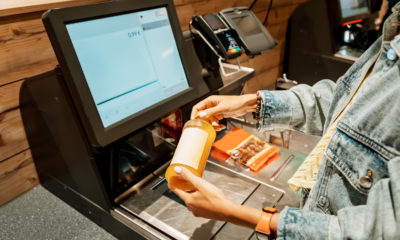
 Headlines3 days ago
Headlines3 days ago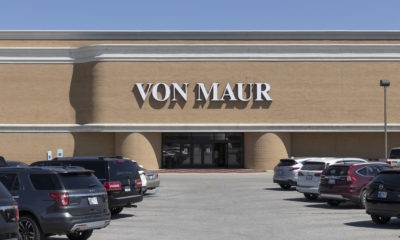
 Headlines1 week ago
Headlines1 week ago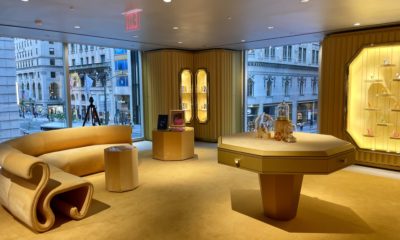
 Eric Feigenbaum2 weeks ago
Eric Feigenbaum2 weeks ago
 Headlines2 weeks ago
Headlines2 weeks ago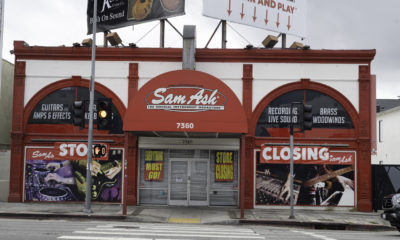
 Headlines5 days ago
Headlines5 days ago
 Headlines2 weeks ago
Headlines2 weeks ago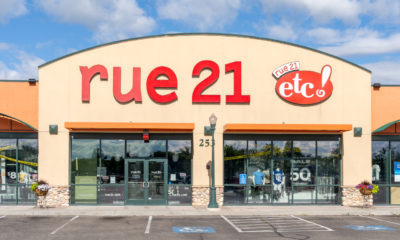
 Headlines1 week ago
Headlines1 week ago




